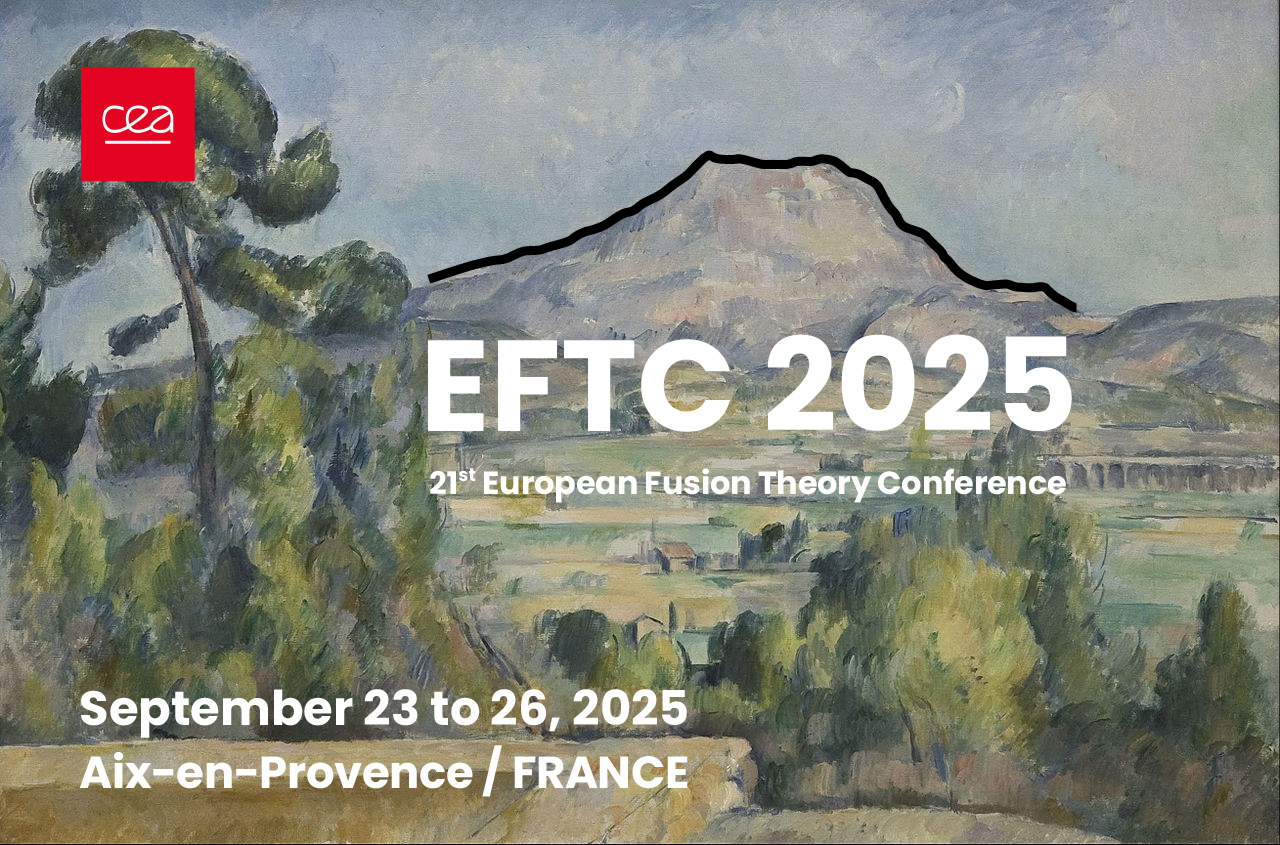Speaker
Description
Weakly driven machines of the future: a challenge for plasma turbulence modelling
G. Dif-Pradalier1, Y. Sarazin1, F. Clairet1, P. Donnel1, X. Garbet1,2, V. Grandgirard1,
A. Jamann1, A. Medvedeva3, K. Obrejan1, O. Panico4, M. Protais1, R. Varennes2
1 CEA, IRFM, F-13108 Saint-Paul-lez-Durance, France
2 Nanyang Technological University, 637371 Singapore, Singapore
3 Aix-Marseille University, CNRS, Centrale Méditerranée, M2P2, France
4 LPP, CNRS, Ecole Polytechnique, 91128 Palaiseau, France
Self-organised turbulent processes are common in many non-equilibrium physical and biological systems and lead to pattern formation. Well-known examples in magnetic fusion include zonal flows or magnetic islands. Other processes can occur, often less emphasised, such as turbulence self-advection (spreading), front propagation or blob emission and many other structures, such as staircases, can also arise and affect transport. In regimes of "marginal stability", such nonlinear structures play a prominent role and slow, large-scale patterns resulting from the long-term evolution of turbulence profoundly affect transport processes. Such regimes are likely to be highly relevant regimes for future machines, where a tenfold decrease in power density is expected, and require a flux-driven description. Precise comparisons with state-of-the-art gradient-driven or quasilinear approaches yield significantly different transport levels, mean gradients and flow patterns, both in the core [1] and at the plasma edge [2].
We propose to review what flux-driven models and near marginal regimes entail and why they are particularly relevant for future machines. We have shown that proximity to marginal stability leads to significant discrepancies with local or quasilinear approaches. We extend this investigation of near marginal regime through a comprehensive series of flux-driven gyrokinetic calculations with a kinetic electron response, using the GYSELA code, scanning distance to marginality. We discuss the physical processes specific to marginal regimes, the implications for fundamental theory and practical modelling of future machines, and current avenues for addressing these important issues.
[1] C Gillot, G Dif-Pradalier, Y Sarazin, et al. “Capturing marginality in model reduction of turbulence”. Plasma Phys. Control. Fusion 65 055012 (2023).
[2] G Dif-Pradalier, P Ghendrih, Y Sarazin, E Caschera, F Clairet, et al. “Transport barrier onset and edge turbulence shortfall in fusion plasmas”. Communications Physics 5 (1), 229 (2022).

